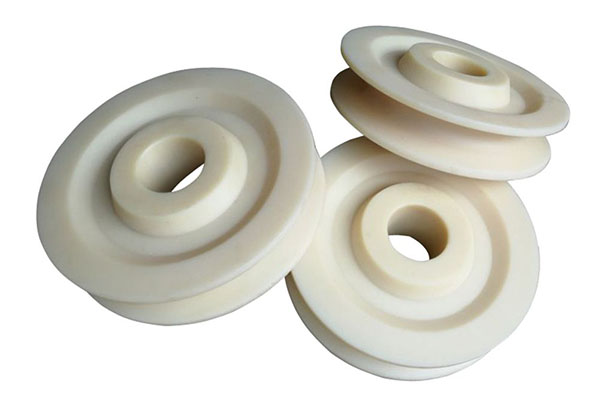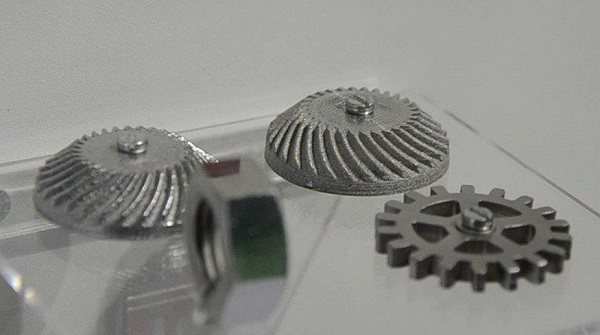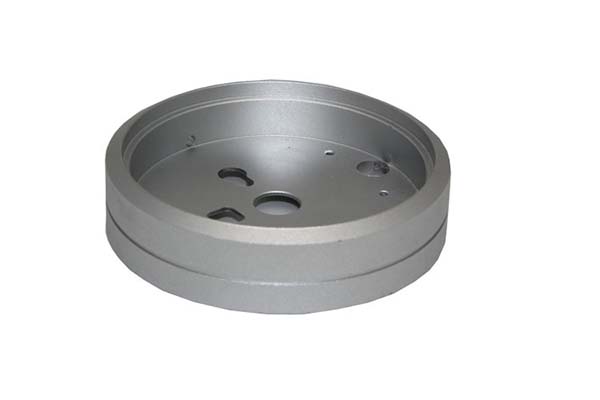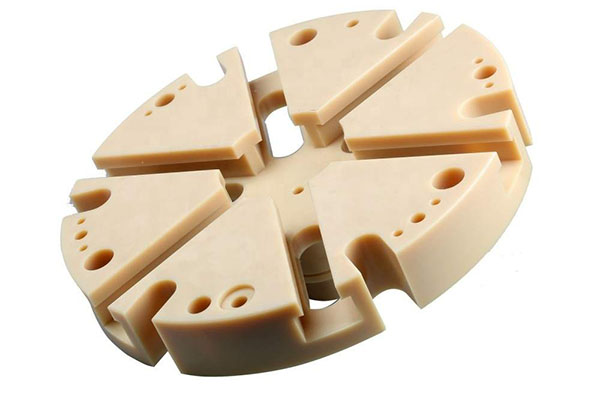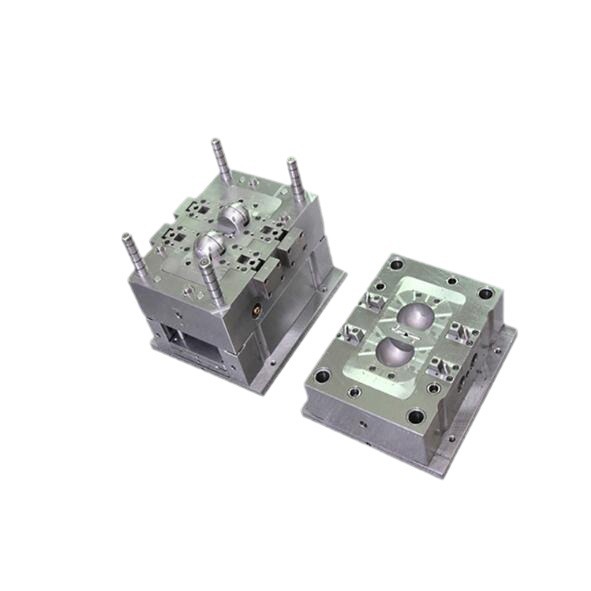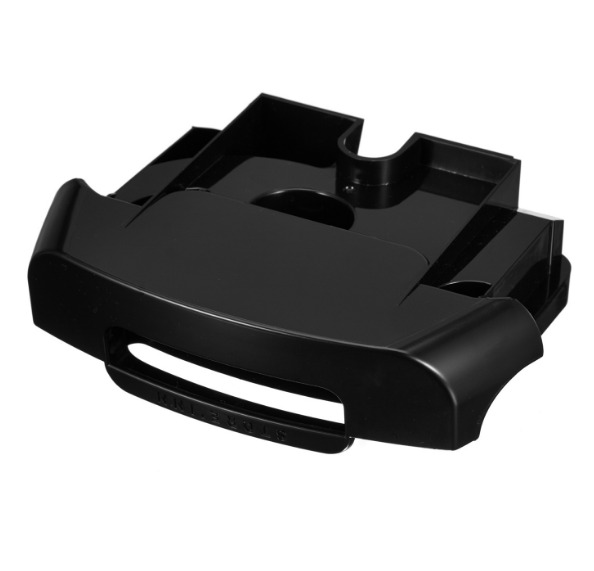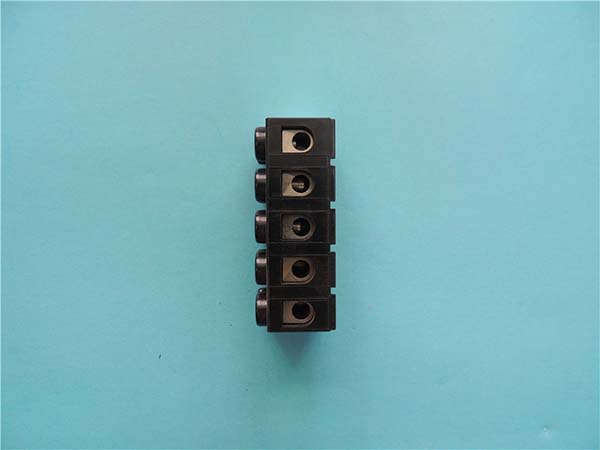CNC machining of TPU (Thermoplastic Polyurethane) comes with unique challenges that manufacturers often face. Its high elasticity and flexibility mean the material can stretch or rebound during cutting, making it difficult to maintain precise dimensions. Additionally, TPU’s tendency to stick to cutting tools—especially at elevated temperatures—leads to poor surface finish and increased tool wear. Balancing cutting speed and feed rate to avoid heat buildup while achieving clean cuts adds another layer of complexity, especially for parts requiring tight tolerances. This guide addresses these pain points, offering expert strategies to master CNC machining of TPU.
Material Properties of TPU
Thermoplastic Polyurethane (TPU) is a versatile elastomer with a unique blend of properties that influence every aspect of machining:
- Elasticity and flexibility: TPU can stretch up to 600% of its original length and return to shape, making it ideal for flexible parts but challenging to machine without deformation.
- Abrasion resistance: TPU ranks among the most abrasion-resistant plastics, suitable for high-wear parts like industrial rollers and sporting goods.
- Chemical resistance: It resists oils, greases, and many solvents, though prolonged exposure to strong acids can cause degradation—important for automotive and industrial applications.
- Tensile strength: Ranging from 20-70 MPa, TPU’s strength varies by grade, with higher strength grades (50-70 MPa) used for load-bearing components.
- Durometer hardness: Available in a wide range (Shore A 60 to Shore D 80), hardness affects machining—softer TPU (Shore A 60-80) is more prone to stretching, while harder grades (Shore D 60-80) behave more like rigid plastics.
- Thermal properties: TPU softens at 80-120°C and melts at 170-220°C, requiring careful heat management during machining to prevent gumming and surface defects.
- Mechanical properties: TPU combines high tear strength (20-80 kN/m) with impact resistance, making it suitable for parts subjected to repeated stress.
| Property | Soft TPU (Shore A 70) | Medium TPU (Shore A 90) | Hard TPU (Shore D 70) |
| Tensile Strength | 20-30 MPa | 30-50 MPa | 50-70 MPa |
| Elongation at Break | 400-600% | 300-500% | 100-300% |
| Max Service Temp | 80°C | 90°C | 120°C |
| Abrasion Resistance | Excellent | Excellent | Very Good |
CNC Machining Processes
CNC machining of TPU requires processes tailored to its elasticity and tendency to stick to tools:
- Milling: The most common process for TPU, using end mills with polished flutes to reduce adhesion. CNC programming with smooth toolpaths minimizes abrupt changes in direction, which can stretch the material.
- Turning: Used for cylindrical TPU parts like bushings and rollers, with sharp tools and slow feed rate (0.1-0.2 mm/rev) to prevent "pulling" the material.
- Drilling: Requires sharp drills with a 118° point angle and polished flutes to avoid tearing. Peck drilling (intermittent retraction) clears chips, reducing the risk of tool gumming.
- Cutting and engraving: Laser cutting works for thin TPU sheets, while CNC routing with a spiral bit produces clean edges for thicker materials—ideal for custom parts and prototypes.
- CAD/CAM software: Advanced software with TPU-specific toolpath templates optimizes cutting strategies, reducing cycle time and improving surface finish.
- Machining centers: 3-axis and 5-axis machines handle complex TPU parts, with 5-axis systems minimizing workpiece handling to reduce deformation.
Tool Selection for TPU Machining
Choosing the right tools is critical to overcoming TPU’s elasticity and stickiness:
- Cutting tools: Carbide tools (grade K10-K20) are preferred for TPU, as their sharp edges and wear resistance reduce friction and heat. High-speed steel tools work for low-volume runs but dull faster, increasing gumming risk.
- End mills: 2-flute end mills with a high helix angle (30-40°) improve chip evacuation, preventing TPU from adhering to flutes. A polished finish on flutes further reduces adhesion.
- Drills and reamers: Brad-point drills minimize splintering at the entry point, while reamers with a 45° chamfer ensure precise hole diameters in TPU.
- Tool geometry: A sharp cutting edge (radius <0.02 mm) reduces cutting forces, minimizing material stretching. For soft TPU, a negative rake angle (-5° to 0°) prevents "digging in" to the material.
- Tool coatings: Diamond-like carbon (DLC) coatings reduce friction, extending tool life by 40-60% compared to uncoated carbide. Titanium nitride (TiN) coatings are a cost-effective alternative for medium-volume runs.
- Tool diameter: Smaller diameter tools (3-10 mm) are better for intricate TPU parts, as they generate less heat and reduce material deflection.
Machining Techniques and Parameters
Optimizing techniques and parameters is key to efficient TPU machining:
- Cutting speed and spindle speed: For soft TPU (Shore A 60-80), spindle speed of 3000-5000 RPM (cutting speed 50-80 m/min) prevents heat buildup. Harder TPU (Shore D 60-80) can handle higher speeds (6000-8000 RPM, 80-120 m/min).
- Feed rate: 0.05-0.15 mm/tooth for roughing and 0.02-0.05 mm/tooth for finishing balances material removal and surface finish. Soft TPU requires slower feeds (0.05-0.1 mm/tooth) to avoid stretching.
- Depth of cut: 1-3 mm for roughing and 0.1-0.5 mm for finishing. Deeper cuts require slower feeds to prevent tool deflection in TPU.
- Coolant use: Compressed air is preferred over liquid coolants, as TPU can absorb moisture and swell. Air cools the tool and clears chips without affecting material properties.
- Chip removal: TPU produces stringy chips that can clog tools. Intermittent tool retraction (pecking) and air blasts clear chips, reducing gumming and improving surface finish.
- Tool path optimization: Climb milling (where the tool cuts into the material) reduces tool deflection, while circular interpolation around sharp corners minimizes stretching in soft TPU.
Applications of CNC Machined TPU
CNC machined TPU parts are valued across industries for their flexibility, durability, and versatility:
- Automotive parts: Gaskets, seals, and cable jackets leverage TPU’s oil resistance and elasticity, while interior trim benefits from its soft touch.
- Industrial components: Rollers, O-rings, and conveyor belts use TPU’s abrasion resistance and low friction, ideal for high-wear environments.
- Medical devices: Surgical tool grips, catheter components, and orthopedic padding use TPU’s biocompatibility (USP Class VI) and skin-friendly properties.
- Consumer electronics: Phone cases, smartwatch bands, and headphone cushions use TPU for shock absorption and comfort.
- Sporting goods: Shoe soles, protective gear, and equipment handles benefit from TPU’s elasticity and impact resistance.
- Prototyping: TPU’s machinability makes it ideal for testing flexible part designs before mass production, reducing development time.
- Wearable technology: Fitness tracker bands and smart clothing components use TPU’s flexibility and durability for all-day wear.
Quality Control and Surface Finish
Maintaining quality in CNC machined TPU parts ensures performance and reliability:
- Surface finish: TPU typically achieves Ra 1.6-3.2 μm with standard machining. A glossy finish (Ra <1.6 μm) requires sharp tools, low cutting speed, and a light finishing pass (0.1-0.2 mm depth of cut).
- Dimensional inspection: Using coordinate measuring machines (CMMs) and optical comparators verifies dimensions, with measurements taken 30 minutes after machining to account for TPU’s springback.
- Surface roughness: Profilometers measure Ra and Rz values, with Ra 1.6-3.2 μm acceptable for most applications. A rough finish indicates dull tools or excessive heat, corrected by tool replacement or speed reduction.
- Inspection tools: Durometers check hardness consistency (±5 Shore units), ensuring TPU parts meet performance specifications.
- Non-destructive testing: Ultrasonic testing detects internal defects in thick TPU parts, critical for load-bearing components like aerospace seals.
- Repeatability and reproducibility: Statistical process control (SPC) tracks key metrics across production runs, ensuring consistent quality—essential for automotive and medical applications.
Yigu Technology's Perspective
Yigu Technology specializes in CNC machining TPU, with expertise in handling its unique elasticity and stickiness. We use diamond-coated carbide tools with polished flutes to minimize adhesion and improve surface finish, while optimizing feed rate and spindle speed for each TPU grade. Our quality control includes post-machining stabilization time before measurement, ensuring dimensional accuracy for critical parts like medical devices. We also leverage advanced CAD/CAM software for toolpath optimization, reducing cycle time and improving consistency. Whether producing automotive seals or custom prototypes, we tailor our processes to maximize TPU’s strengths, delivering high-quality parts that meet strict industry standards.
FAQ
- Why does TPU stick to cutting tools, and how to prevent it?
TPU’s low melting point and tackiness cause it to adhere to tools, especially at high temperatures. Prevention involves using polished carbide tools with DLC coatings, low cutting speed (50-80 m/min), and compressed air to cool tools and clear chips. Regular tool cleaning with alcohol also helps.
- What tolerances can be achieved when machining TPU?
TPU typically achieves tolerances of ±0.05 mm for small parts and ±0.1 mm for large parts, wider than rigid plastics due to its elasticity. Using rigid fixtures, slow feed rates, and measuring after 30-minute stabilization helps achieve tighter tolerances (±0.03 mm) for critical features.
- How does durometer hardness affect TPU machining parameters?
Softer TPU (Shore A 60-80) requires slower feed rate (0.05-0.1 mm/tooth) and lower spindle speed (3000-5000 RPM) to avoid stretching. Harder TPU (Shore D 60-80) can handle faster feeds (0.1-0.15 mm/tooth) and higher speeds (6000-8000 RPM), similar to rigid plastics but with more attention to heat management.

